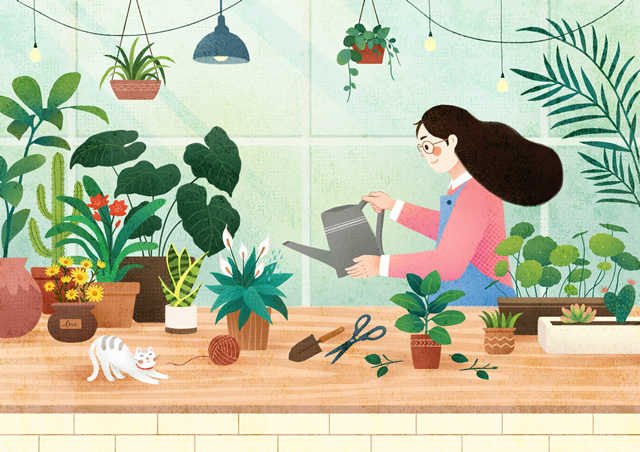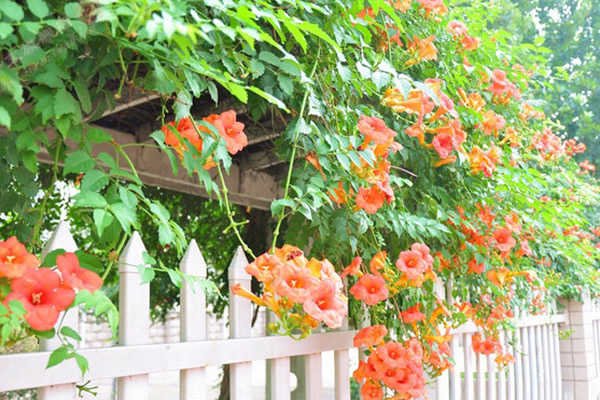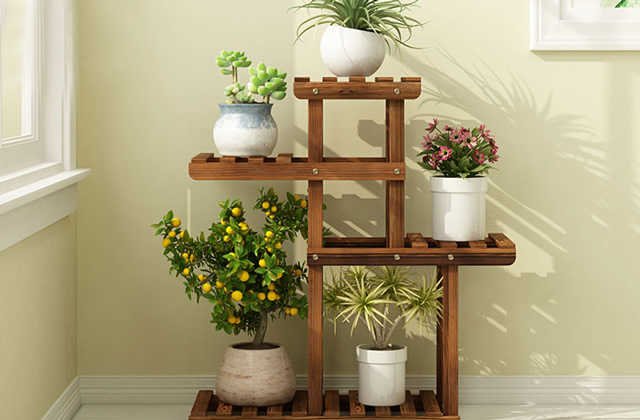Short -shaped, stems are generally round, yellowish, open in summer.Pleasant sunshine, avoid symptoms.Can be placed in front of the window,balconyAnd other scattered Lights.winter and summer dormancy should be saved.When watering in the spring and autumn growth, pay attention to wait until the pot soil is dried and then poured, and the soil should be poured through, that is, it is dry and wet.Breeding method: sowing or cutting is fine, it is easier to succeed.
Breeding method
1. Soil requirements
During the cultivation, the potting soil should be well -drained and breathable, rich in calcium sandy soil.It can be prepared with 3 parts of river sand, 2 centers, 2 copies of shells and 3 parts (pond).
2. planting method
Prepare a larger basin (coarse pot), match the soil, and keep a little humidity.Select some strong stem sections (can be) into the pot, and then spray water to make the surface of the pot soil bond, and then place it in a sunny place.Do not water it frequently. The pot soil is arid. After a while, there will be some small golden spines on the stems of the stems, and the stems will start to flatten, wider, and palm -shaped trends.Do not water it often, this is a way to force the palm stem slices.If the newborn is always high -quality and humid from the beginning, then the newborn stems will not have applause, but it will look like the original plant.
When the stem slices grow to about 2cm wide, pick out the flat plants, use a basin with a caliber of about 12cm, plant a pot per plant, and then enter the normal normal management stage (still exposure).After entering the late summer and early autumn, it is a period of strong growth. At this time, pay attention to sufficient light. You can apply a lighter fat water once, and then apply it again in half a month.During this period, stem slices generally maintain the original width, but it will continue to grow taller until the growth period is over.
In the second year of transplantation, changed the pot soil before the spring growth period, and the management was still.By the period of strong growth, the stem tablets that are completely palm -shaped will grow, but at this time, the stem slices are not very large and the plants are not high.If you want to get larger stem slices, you have to get rid of some excess stem buds and let it "stand alone".In the spring of the third year, it was put on a larger pot. If it is properly managed, it should be the largest stem film during the strong growth period.
3. Light requirements
The long -term placed in the room with insufficient light will occur, and it will happen. The new stems will be pale green, which becomes very slender, and the entire plant becomes another flavor.But if you move to the Outdoor, the newer stems will become thicker again, and then it will seriously affect the shape of the entire plant.So do not change the light conditions of Ji coral at will, and keep the light relatively stable.
4. Temperature requirements
The lowest temperature in winter is generally kept above 5 C (generally about 15 C in the greenhouse, no need to warm), and the temperature in summer is between 25-35 C (shade shades).Ji coral can be placed in front of the window, balcony and other scattered places.Water shades should be controlled during dormancy during winter and summer.
5. Fertilization method
Ji coral avoids Fertilizer, which can easily lead to rotting roots. It is less appropriate or not appropriate. It can apply organic liquid Fertilizer twice in the middle of spring and late summer and autumn.Pot soil should be dry or wet. If the pot soil is too wet for a long time, it will cause rotten from the lower part of the plant, and it will soon extend to the whole plant.
Blooming
1. Light management
Ji Coral prefers the sun, so when the growth period, you must give foot light, especially when the flowers bloom, because you need to consume a lot of nutrients, you must put it in a place with light during the flowering period.
2. Fertilization and watering management
Ji Coral is a plant that avoids Fertilizer Fertilizers. The Fertilizer Fertilizer can easily rot the roots of Ji coral, so it is possible to apply less or not. In the spring and late summer and early autumnTwo rotten bakers.In terms of watering and fertilization, you must be careful to avoid damage to the root of the plant, so fertilization and watering must be on time and amount.
3. Potting soil management
Ji Coral's breeding pot soil is suitable for drought and is not suitable for humidity. If it is too wet for a long time, it will cause rot in the roots of the plant and affect the healthy growth of the entire plant.Do a good job in these aspects and it is conducive to flowering.
4. Transplantation management
When transplantation, it is generally performed during the growth period, so you must pay attention not to hurt the rhizomes when transplantation, so as not to affect the flowers.
Breeding method
The most commonly used and large survival rate of Ji Coral is cutting breeding. The cutting process is as follows:
1. Choose insertion spikes
The cuttings of Ji Coral must first choose a stubbornly harmless branch of the Ji coral plant, and then cut the fork with scissors.Use chopsticks or clips to hold the cutting plant parts to prevent damage branches and prevent tie.Then prepare a Flower pot. In the Flower pot, it must be paved with the soil mixed with sand, which is the soil with excellent humidity and provides cuttings.
2. Prepare cutting matrix
You can insert the cuttings cuttings directly into the soil. You can use chopsticks or clips to insert it into the sand, and then correct it.Then water it, and water it at once, but remember not to fertilize, so as not to burn the bottom and cannot take root.
3. Cuttings and maintenance
Put the small plants of Ji Coral in a place without direct Sun protection. During this period, pay attention to the Shading work of about 5 days. After the roots of Ji Coral grow stable, you can put the Ji coral in a direct sunlight place.In order to supplement the needs of light.
precautions for breeding
1. When selecting the cuttings, you must choose the branches on the healthy and harmless and strong plants, otherwise it is not easy to survive.When you intercept, you should pay attention, it is best to use a clip to avoid damaging the branches to affect the cuttings, and to avoid the stabbing of Ji Coral to hurt his hand.
2. Pay attention to watering in daily maintenance, and abide by the principle of dry and translucent, so as not to do it, so as not to water to avoid rotten roots.
3. Ji Coral likes the sun and avoids the sun. Family maintenance can be placed in front of the window, balcony and other scattered Lights.If the light is insufficient, the phenomenon will appear, and the new stems will appear light green, which will become very slender, and the plant will be another state.
What should I do if Ji coral is long?
Under normal circumstances, the plants of Ji coral are long and thin and thin, and they need to find the cause first.Basically, it is given adequate light. It is best to be placed in a bright place in the indoor breeding. You can often move out of the outdoors and sunbathing the sun, which can make the plant thicker, but it is easy to affect the shape of the plant.Water and Fertilizer must be controlled reasonably and water less.Generally, if you give the sun more and water less, you can inhibit the length of the plant.
For the plants that Ji coal has begun to be long, if it is found, it can be maintained according to the above method to suppress its further long -term plants.EssenceYou can also cut off the long branches and cutting to breed new plants.
precautions for Ji Coral Breeding
1. Ji coral, because the new stems are very tender, are often eaten by snails and big green worms. Pay attention to prevent and capture it in time.
2. The palm -shaped plant after completely forming should be extra careful in watering and fertilization. Once rotten, it will be a major loss of effort for several years.
3. Change the basin once a year. In the second year after transplantation, change the potting soil before the growth of the spring. The management is still the same. In the strong growth period, it is completely palm -shaped stem tablets, but the stem slices at this time are not large at this time.If you need larger stem slices, you need to remove some excess stem buds so that it can grow straight in a single plant.In the spring of the third year, change the larger pot. If the well -managed flowers, you can grow the largest stem film until the strong period.
In order to prevent rotting, the plant breeding after the complete form should be paid attention to the following three points: avoid heavy Fertilizer, do not wet, and the sun is sufficient.


